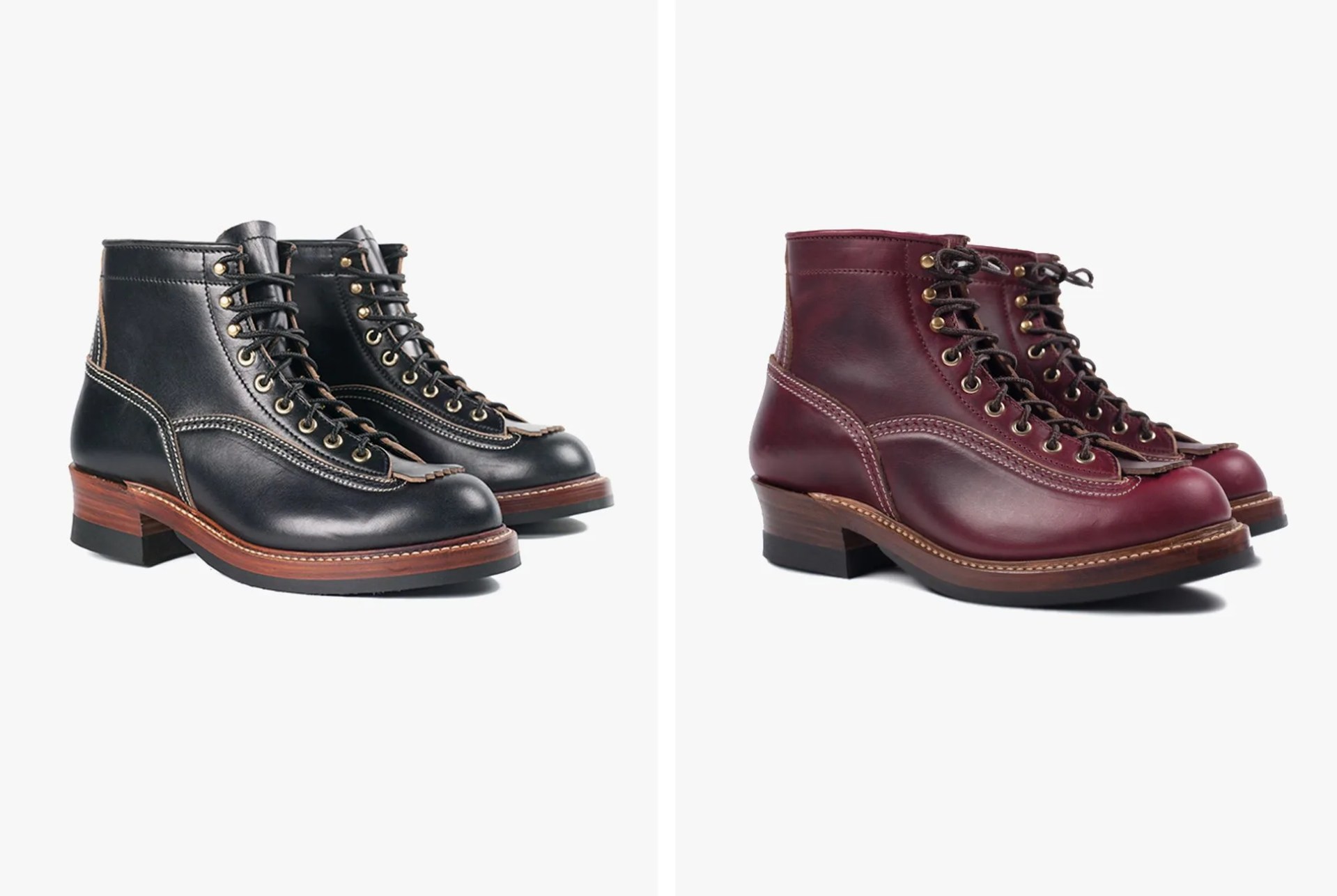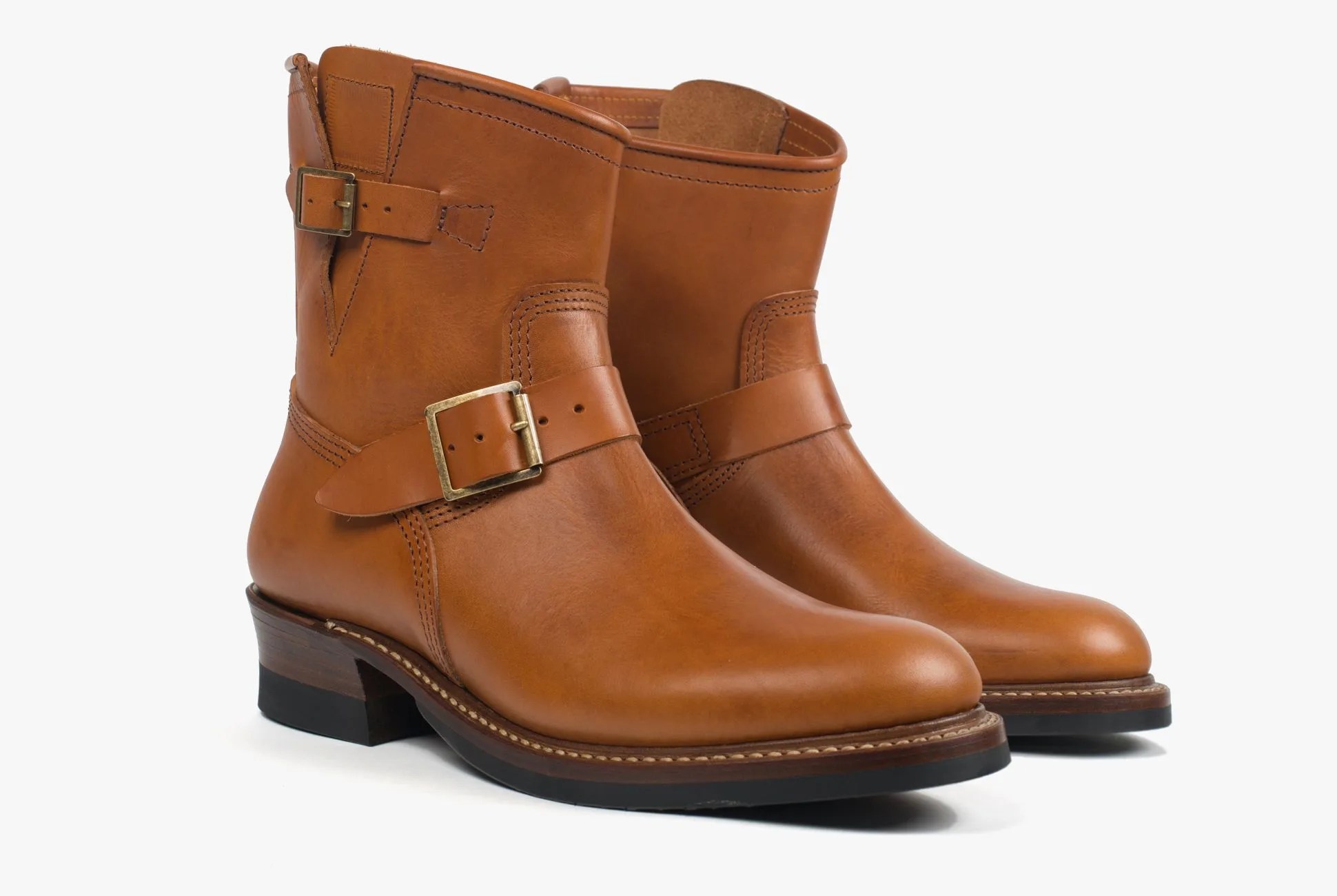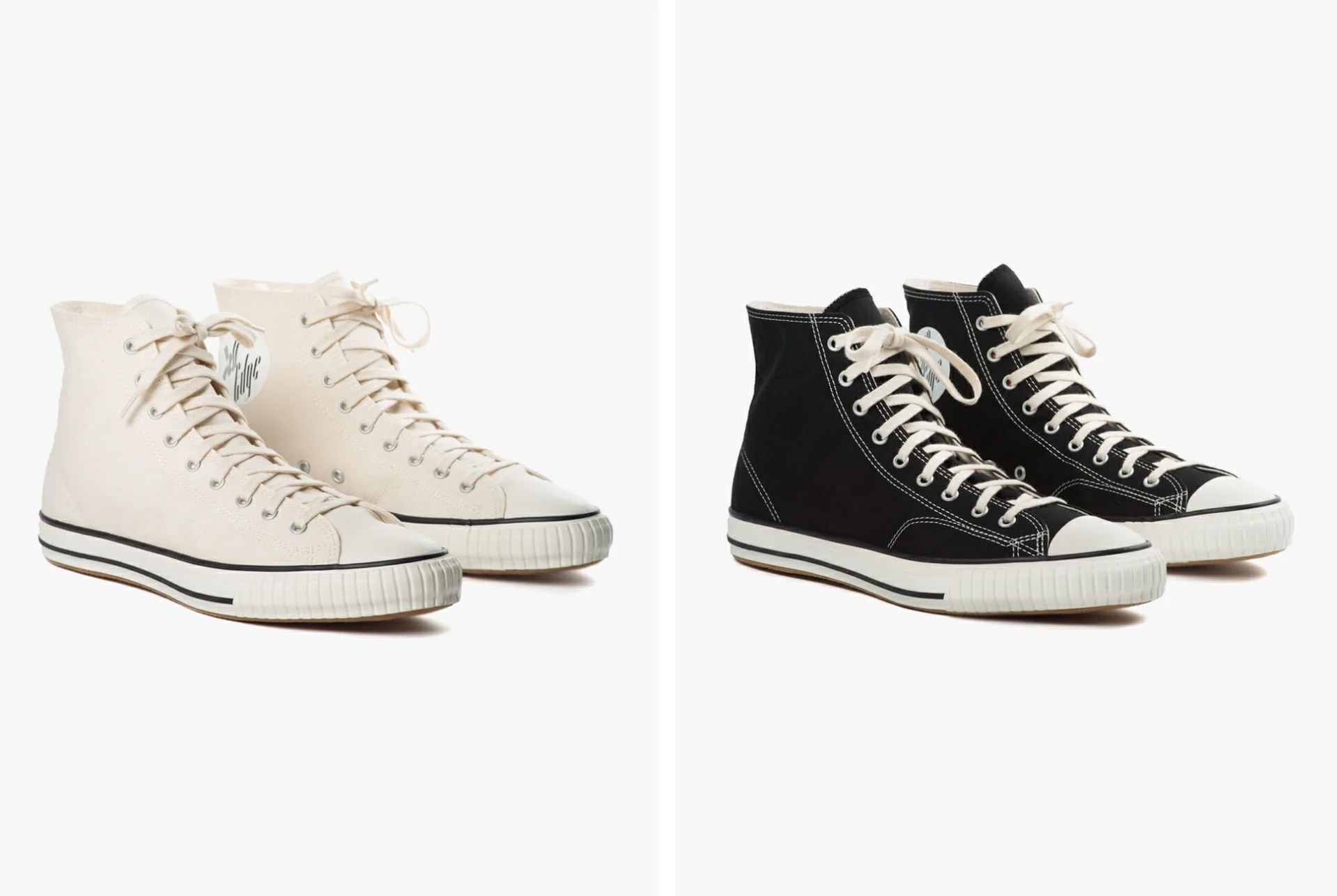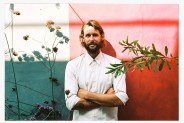John Lofgren makes some of the best vintage-inspired boots money can buy. His uncompromising focus on quality manufacturing and design elevates his footwear above much of the competition. Unlike many designers in the industry, however, his resume lists neither fashion schools nor high-profile internships. Instead, his experience is rooted in a hands-on education with vintage products.
A Central California native, Lofgren grew up on a farm in Kingsburg and started buying vintage clothing in his early teens. After college, he started working at a second-hand shop, where he met many Japanese buyers stocking up on inventory for shops overseas. In 2000, Lofgren opened a vintage store in Japan called H.T.C. (Honky Tonk Company), specializing in vintage clothing, and in 2007, he opened Speedway, which focused on new throwback clothing.
Lofgren knew from personal experience that modern remakes were many times better than the real thing. “Back in the day when I would travel to the USA on buying trips, I would only wear remake stuff like Japanese Levis and Sun Surf aloha shirts. I always thought it was funny how all the dealers at the Rose Bowl thought it was all real vintage,” he said. In the mid-aughts, he began producing products under his name. His specialty: vintage-inspired pieces that combined the best qualities of classic garments with modern fits and quality manufacturing.
After 17 years in Japan, Lofgren moved back to the U.S. and bought a home in Fresno last July. He helps manage his family’s vineyard, but still flies to Japan on business. (While H.T.C. closed a decade ago, Speedway is still a destination shop in Sendai.)
Though his footwear isn’t widely available, you can pick it up stateside at shops like Self Edge and Standard & Strange. From canvas sneakers to engineer boots, each piece is carefully considered. While the investment-level prices may scare off some buyers, the components and construction are second to none. We recently caught up with Lofgren to discuss the inspiration behind his brand, Japanese craftsmanship and what he’s wearing this summer.

Q: What is your background in the footwear industry?
A: None. No background in apparel design. I just surrounded myself with people who knew more than I did. Since I learned about design and manufacturing in Japan, I’m more comfortable talking details in Japanese than English. Even today, there’s terminology I know in Japanese but don’t know in English.


